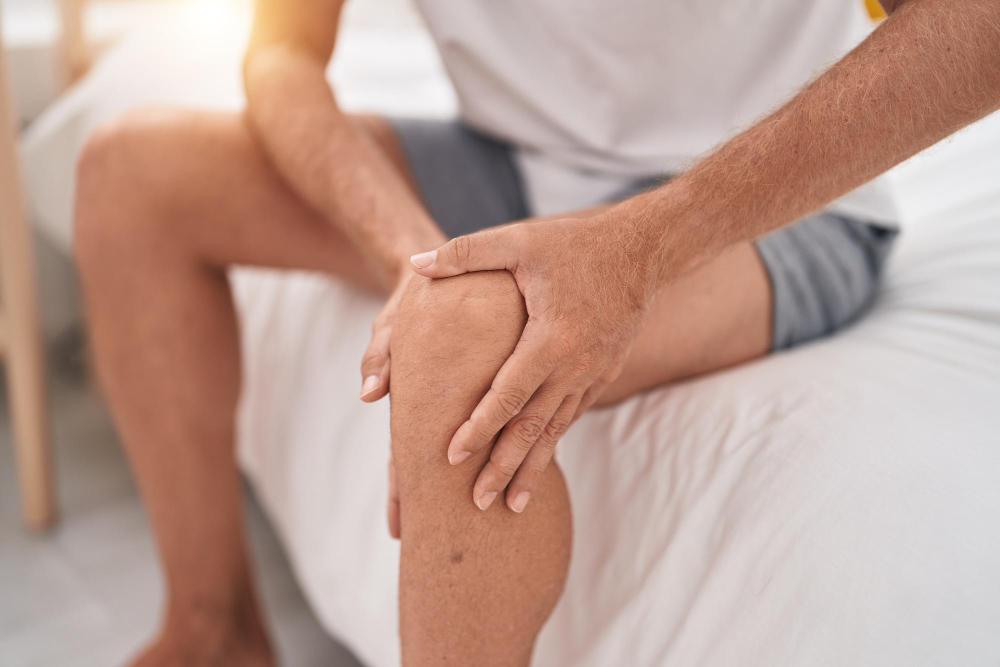
Knee cap pain, also known as patellofemoral pain syndrome, is a common condition that affects people of all ages. It is characterized by pain around the knee cap, which can be quite debilitating and limit one's mobility. Knee cap pain can be caused by a variety of factors, ranging from overuse to injury and deformities. Fortunately, there are various treatments that can alleviate this type of pain, ranging from simple home remedies to more invasive surgical procedures.
Causes of Knee Cap Pain
There are several factors that can contribute to knee cap pain. One of the most common causes is overuse, particularly in athletes or people who engage in high-impact activities. Other risk factors include misaligned kneecap, weak or tight thigh muscles, injury, or arthritis. People with flat feet are also more likely to experience knee cap pain, as the condition can put pressure on the knee cap. Additionally, people who are overweight or obese also have a higher risk of developing knee cap pain due to the extra strain on the joints.
Treatment for Knee Cap Pain
The treatment for knee cap pain will depend on the severity of the condition, as well as the underlying cause. In most cases, the first line of treatment is conservative, involving a combination of rest, ice, compression, and elevation. Over-the-counter pain medications can also help to relieve pain and inflammation. Physical therapy is another common treatment, which can help to stretch and strengthen the muscles around the knee joint, improving flexibility and reducing pain.
In cases where the conservative treatment is not successful, more invasive treatments may be necessary. For example, corticosteroid injections can be used to target specific areas of pain and inflammation, while surgery can be necessary in severe cases. Surgery could involve correcting deformities, realigning the knee cap, or replacing damaged tissue or parts of the knee cap.
Prevention of Knee Cap Pain
There are several ways to prevent the onset of knee cap pain, many of which involve regular exercise and healthy habits. Maintaining a healthy weight is essential, as excess body weight can put significant strain on the knees. Wearing properly fitting shoes and inserts can also help to support the feet and reduce negative impact on the knees. Regularly stretching and strengthening the muscles around the knee joint can also help to prevent muscle imbalances and weakness.
Conclusion
Knee cap pain is a common condition that can be uncomfortable and limit one's mobility. Identifying the underlying cause of the pain is essential to developing an effective treatment plan. Treating knee cap pain is often a combination of conservative treatments, such as rest, ice, physical therapy, and pain-relieving medications. Surgery may be necessary in severe cases, but taking preventative measures, such as regular exercise and healthy habits, can help to reduce the risk of developing knee cap pain. If you are experiencing knee cap pain, speak to your doctor about developing a personalized treatment plan to get you back to a pain-free life. If you're looking for an orthopedic surgeon in Lake Mary, FL, contact Central Florida Bone & Joint Institute today for more information.